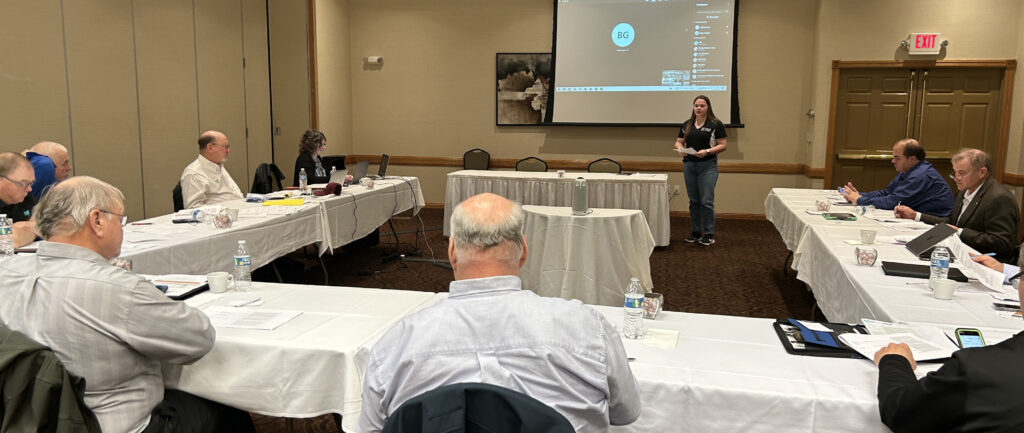Written by David Kee, director of research for the Minnesota Soybean Research & Promotion Council
Like any commodity, soybean supply and demand ultimately controls price. As demand increases or supply decreases, price increases and vice versa. Soybean harvest occurs essentially twice a year (worldwide); price changes can occur by the minute, as news of potential changes in predicted supply and demand hits the market.
Will the delayed 2019 planting decrease supply? The honest answer is: it’s complicated. The late May-early June planting experience is associated with reduced yield compared to more timely planting. However, we in Minnesota were in a similar situation last year, and the 2018 yield was above average and near record (second highest on record) statewide.
Sure, Minnesota farmers are now planting in less-than-ideal conditions. The soil is moist and cold. Conditions are favorable for infestation of seedling and root diseases. We can anticipate increased disease pressure with the increase in soil compaction, soil moisture and cool temperatures. Of the planted soybeans, emergence and early growth is slow. Many farmers are increasingly pessimistic about getting the crop planted, but give them a few days of sunshine and warm weather, and outlooks tend to brighten. The crop may, or may not, yield well. There is a lot that can happen between now and September.
How well will other areas do? It depends. Much of the soybean area is under water. We will see an impact on the early production system (EPS) soybeans, as much of the Mississippi Delta (Arkansas, Mississippi, Louisiana, and Missouri boot heel) is still not planted. Flooding in Iowa and Nebraska will affect soybean production. All of these issues could influence supply (yield). Currently, any supply prediction is more of a guess and less of an accurate estimate.
This year is also likely to have a lot more events than usual impacting demand/market reactions:
- USDA recently stated it has not adjusted its published soybean CARRY OUT or IN STORAGE numbers to reflect stored soybeans lost to Midwest floods;
- Recent reports of robust U.S. pork exports to China (e.g., making-up for some of the pork production that China has lost to African Swine Fever). These will predictably increase when the tariffs go away. That extra U.S. pork production would consume more soybean meal;
- There will be a temporary large increase in soybean meal demand (whenever African Swine Fever is eradicated in China) that will occur when swine producers there all begin simultaneously rebuilding breeding stock herds;
- In the latest USDA report, poultry numbers in the USA, reduced sharply by the Avian Flu epidemic, are recovering (increasing), increasing demand for SBM.
We are in the midst of a period of poorly predictable supply and demand, which means variance will occur. There will be incredible variance within the field and within Minnesota. Price volatility will reflect this variance.
The traders will be in and out of the game, reacting to any bit of news, good or bad. Prices will be highly variable. We suspect there will be opportunities to contract soybeans at above break-even price, but that narrow window may be measured in minutes, not days.
The question thus becomes, what is your break-even price, and how do you capture a profitable margin? Folks, when it comes to estimating supply, demand and price, we are in uncharted territory. Get your marketing plan in order, pronto! As a bull rider once told me, “Hang on tight, this ride is gonna feel like an eternity!”
Minnesota Soybean Director of Market Development Kim Nill contributed to this report.







